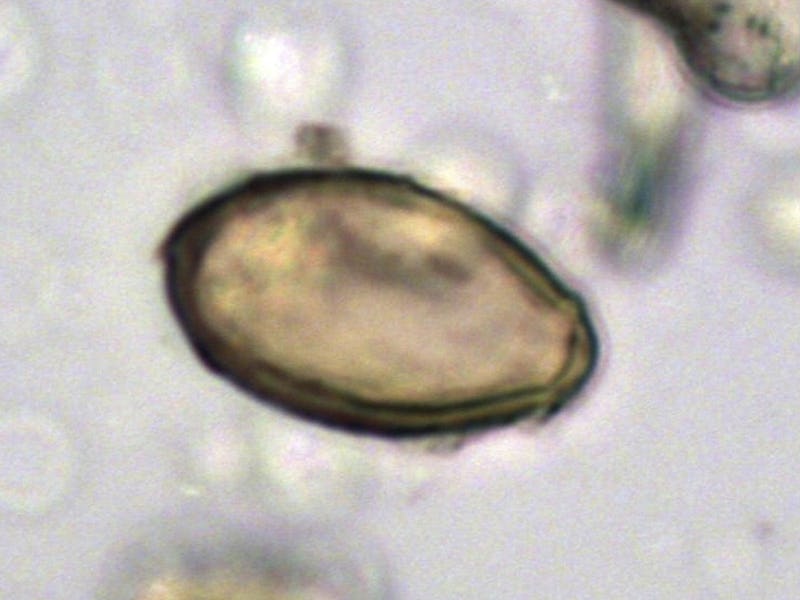The Secrets of 2,000-Year-Old Poop From the Silk Road
This poor traveler probably spent a lot of time in ancient toilets.

Ancient poop has finally provided evidence that disease traveled across the Silk Road that connected ancient Asia and Medieval Europe.
In a study published Thursday in the Journal of Archaeological Science: Reports, researchers from Cambridge University discovered evidence of parasites in a pile of poop dug out by the Gansu Institute for Cultural Relics and Archaeology. Hui-Yuan Yeh and Piers Mitchell, biological anthropologists at Cambridge, analyzed the ancient feces still attached to the cloth used to wipe by a traveler on the Silk Road. And the parasitic treasure in the shit is the first physical link of disease traveling along the Silk Road itself.
Because the Silk Road was the main link between Asia and Medieval Europe, it’s often been blamed for the spread of diseases between the regions. “But no one’s actually studied the Silk Road to discover if that’s the case,” Mitchell says, the focus has been on either end of the route. “So we’ve filled in the missing link in the middle of this 4,000-mile-long Silk Road network.”
Ancient travelers were wiping themselves with cloth attached to these 2,000-year-old personal hygiene sticks.
Yeh and Mitchell rinsed the cloth in water to dissolve the feces so they could examine it. By filtering the ancient poop water, they discovered the eggs of several intestinal parasites, including Chinese liver fluke.
“The main surprising thing is that we found this parasite so far outside its endemic area,” says Mitchell. This means that a traveler carried the Chinese liver fluke for thousands of kilometers along the Silk Road, leaving some of the eggs in the toilet at Xuanquanzhi when they stopped to poop. Since Chinese liver fluke isn’t deadly, the traveler was probably only experiencing abdominal pain, jaundice, and diarrhea. Now that’s a way to be remembered.